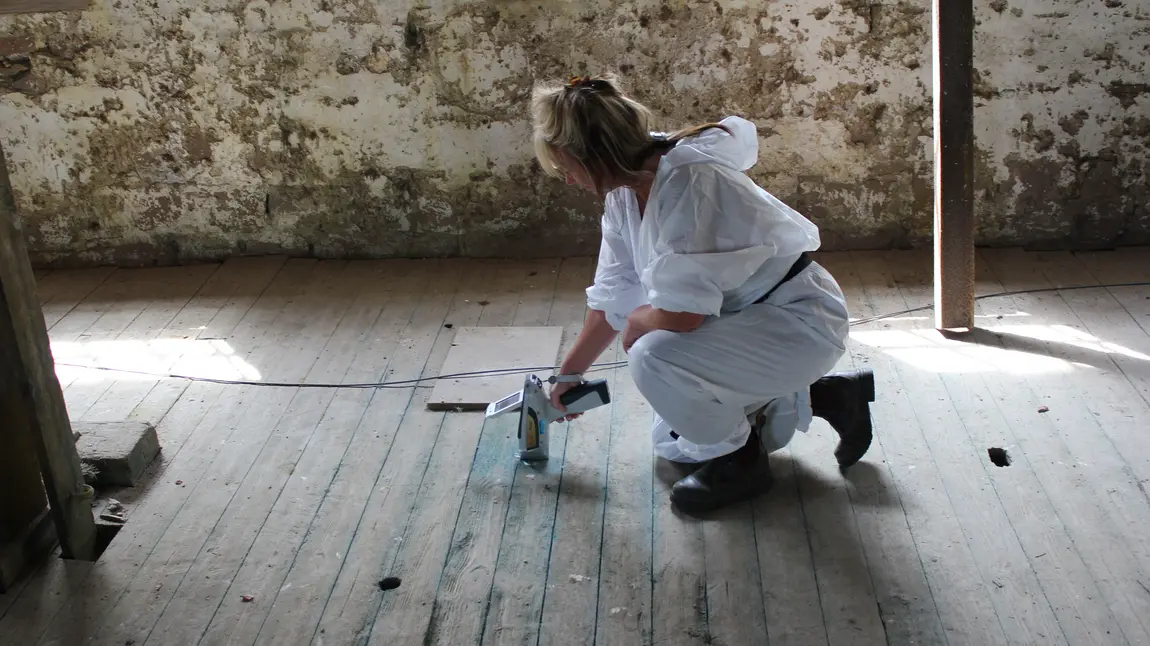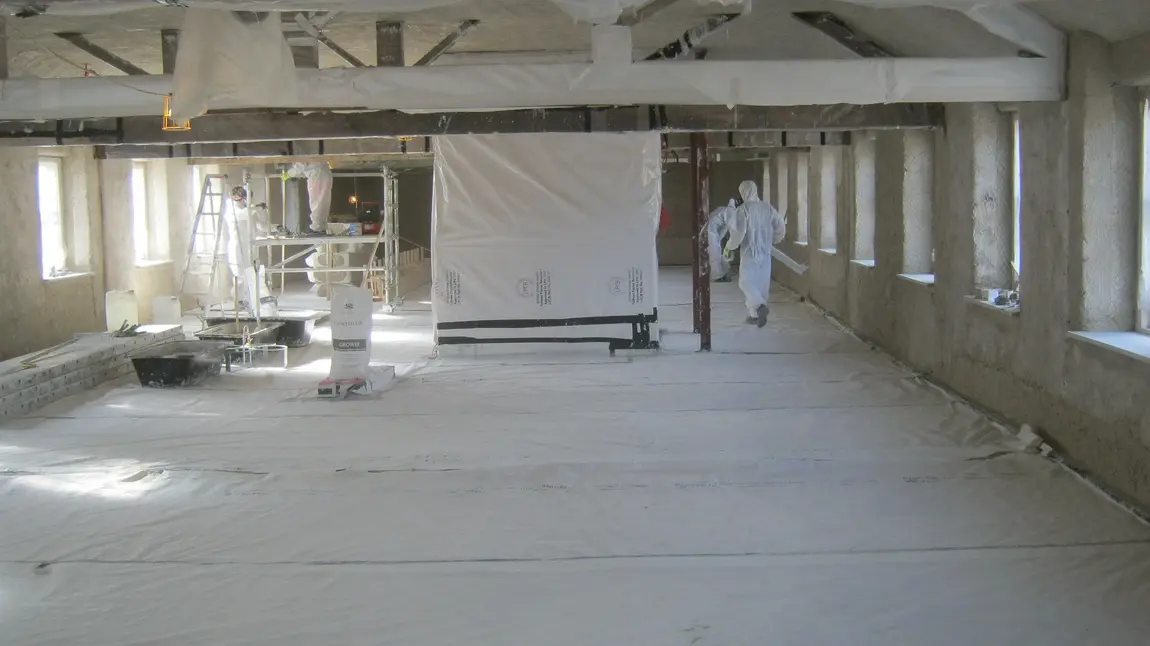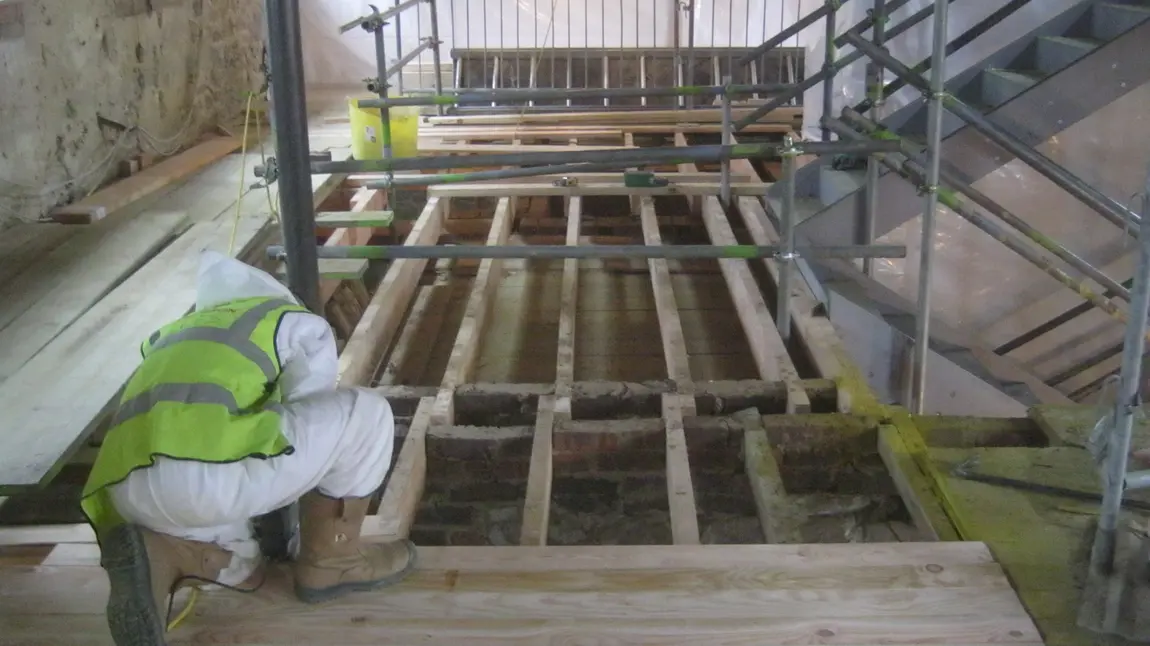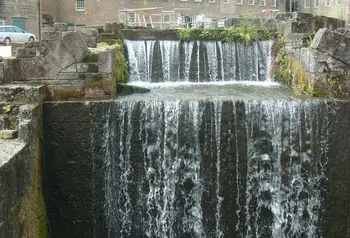Cromford Mills – making industrial heritage safe

Always expect the unexpected when it comes to heritage buildings.
It is true that you really don’t know what you are going to find inside the fabric of buildings until you actually start work on them. Cromford Mills is no exception.
Stretching from Matlock Bath in the north to Derby in the south, the Derwent Valley Mills World Heritage Site defines 15 miles of cultural landscape of exceptional significance. Visitors can enjoy the rural splendour of the Derwent Valley and explore 16 places of interest, with the complex of mill buildings at Cromford providing the northern gateway to the site.
However, it wasn’t always this way. Built in 1771 as the world’s first successful water-powered cotton spinning mill, by the 19th century Cromford had been used as a brewery, laundry and cheese warehouse – then, from 1920 until its abandonment in 1979, it functioned as a colourworks producing pigments for dyes and paints. Needless to say the site had its challenges.
Beginning the repair
The Arkwright Society took over the site in 1979 and began a programme of repair. In 2010 the Society published the Cromford Mill Masterplan which detailed a £50million scheme to regenerate the whole site.
The first phase project began in 2011 with the aim of providing a new use for the largest mill building, Building 17, by converting the ground floor to serve as “gateway” to the World Heritage Site including a film auditorium, audio-visual presentations, retail and tourist information spaces. We also planned to develop the four upper floors as serviced offices.
A serious blow
But then came a serious blow. Testing revealed contaminant levels were far higher than we had anticipated. There were traces of contaminants used in paint manufacture, mainly lead chromate and arsenic, detected deep in the fabric of the building, in the joinery and the stonework.
Always expect the unexpected!
Trials to identify the best way of dealing with the contamination were carried out in 2011. The conclusion, in layman’s terms, was to suck out anything airborne and seal in the rest! In other words, encapsulating the contaminated building fabric so as to retain the character and appearance of the building, while also making it safe.
The capital works were split into two phases: phase one cleaned away as much as possible and encapsulated what remained. This required an early full design of the fit-out which proved to be a real headache for us all as every little drill hole had to be planned for.
Phase one works were finally completed in June 2014. It is now hoped that the techniques used could be applied to other projects in or even outside the heritage sector where there is a challenge of dealing with contamination.
The phase two modern fit out was completed in December 2015. The total cost of the capital works cost £5m, thanks to HLF support.
New life
Today the building is bustling with life again as tourists visit the Gateway on their journey of discovery and a number of new businesses have made Cromford Creative their home.
[quote]“Today the building is bustling with life again and a number of new businesses have made Cromford Creative their home.”[/quote]
The Gateway is expected to increase visitor numbers, particularly to venues located within the northern area of the World Heritage Site, increasing spending in the local economy.
More specifically Building 17 is no longer 'at risk' and has been provided with an economically viable new use. New jobs have been created as staff have been recruited to manage and maintain Building 17 as well as developing and supporting new learning activities.
And the team involved in the capital works project are now all so much wiser – four years of serious head scratching and problem solving have seen to that!
Efallai y bydd gennych chi ddiddordeb hefyd mewn ...



